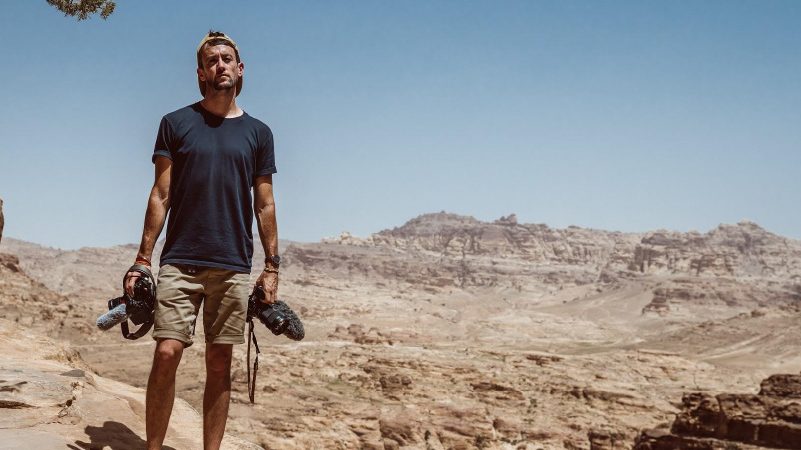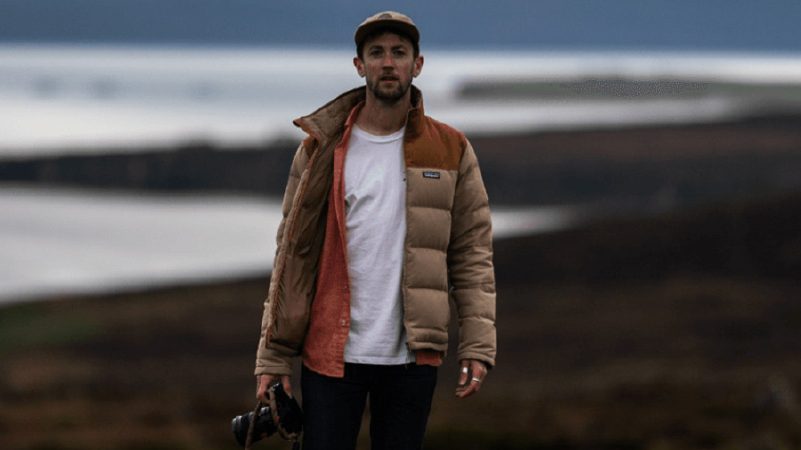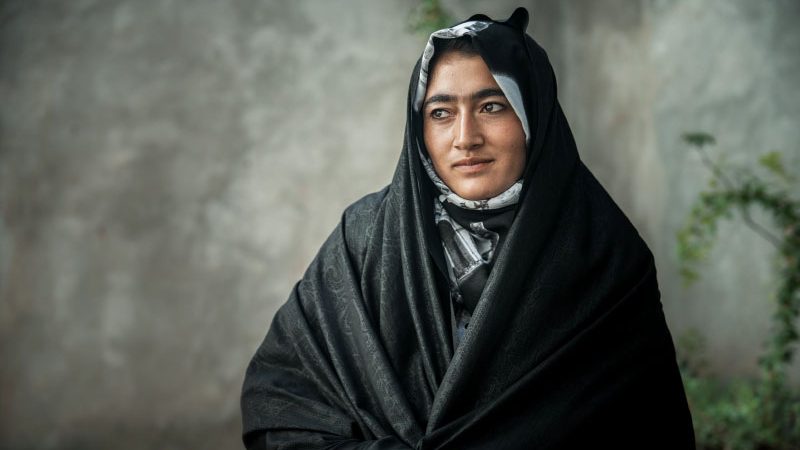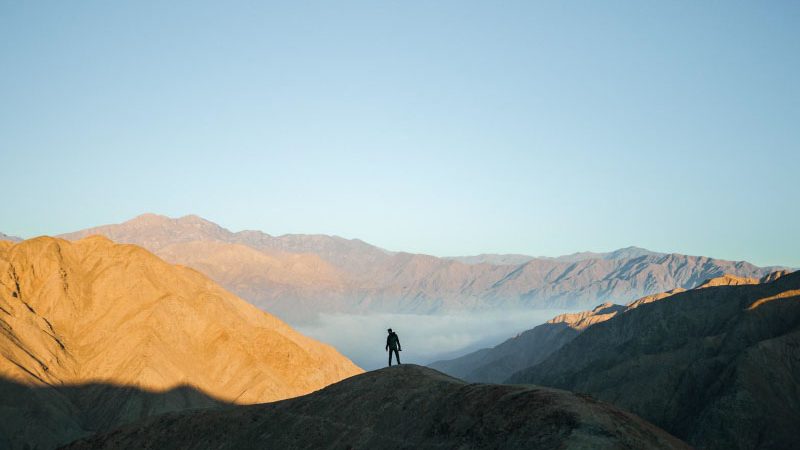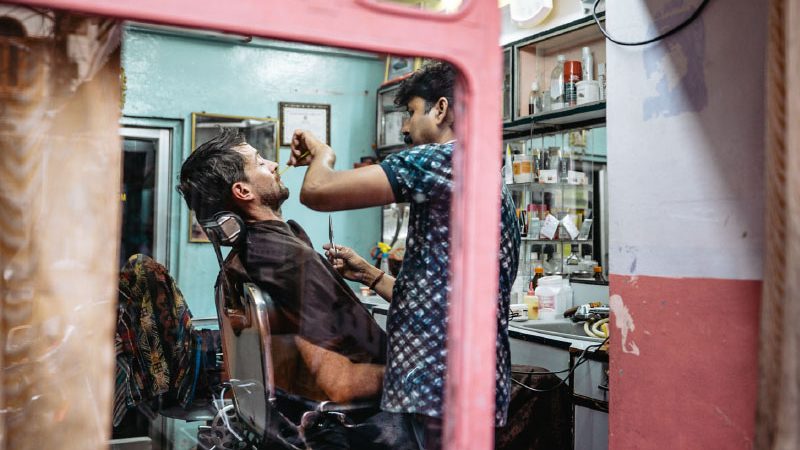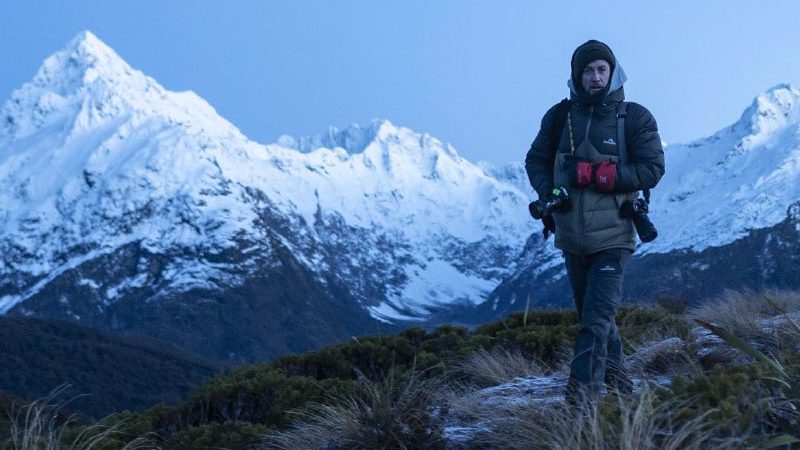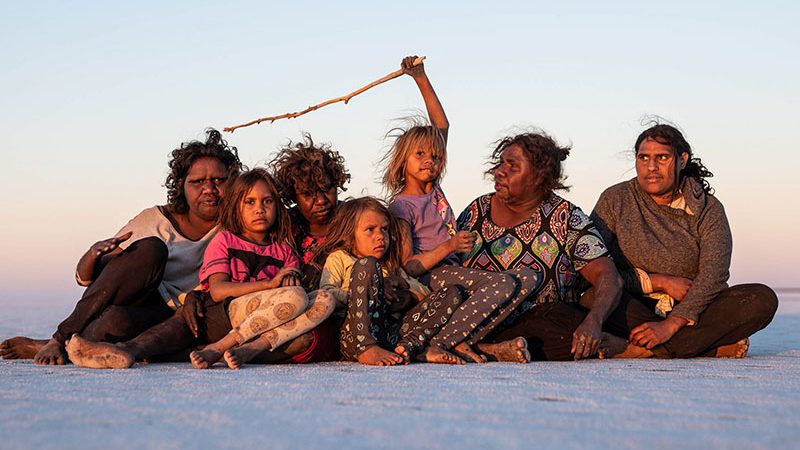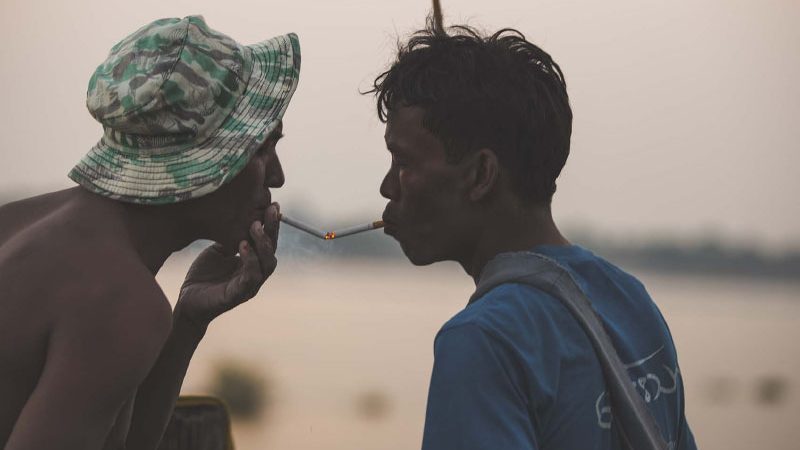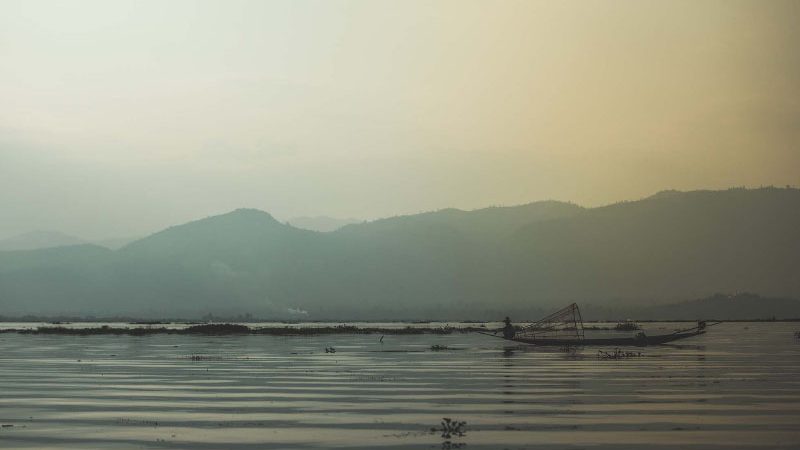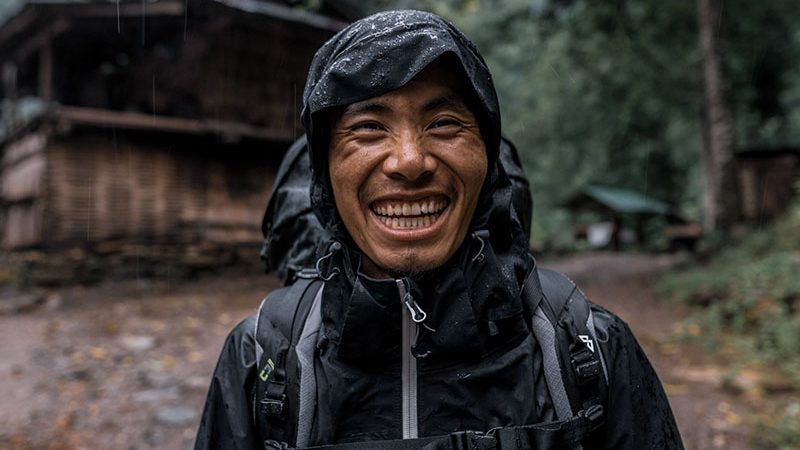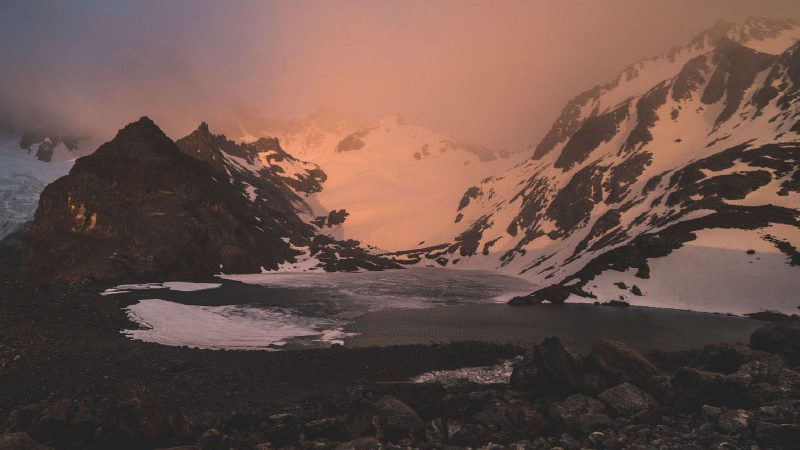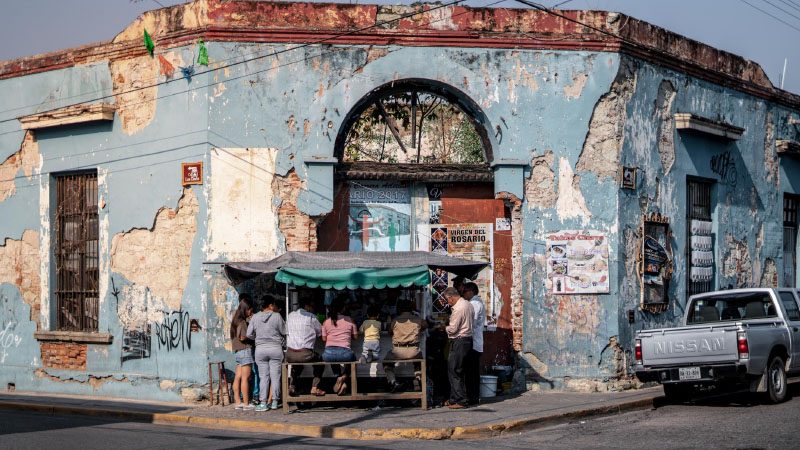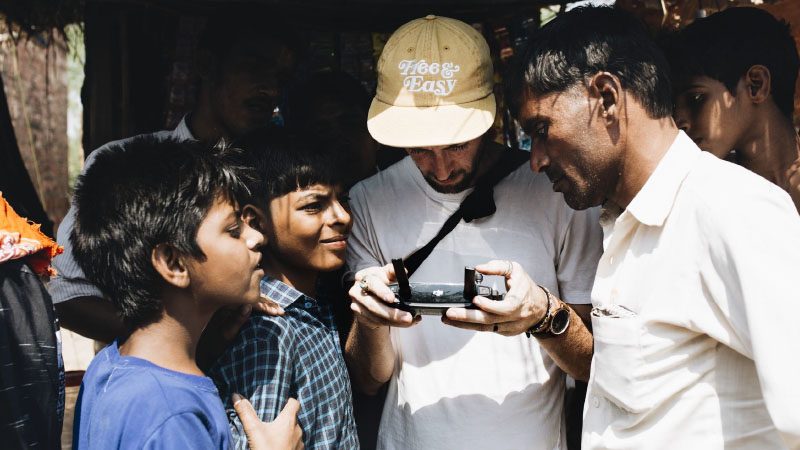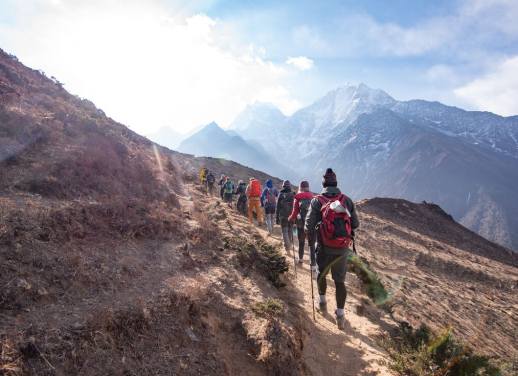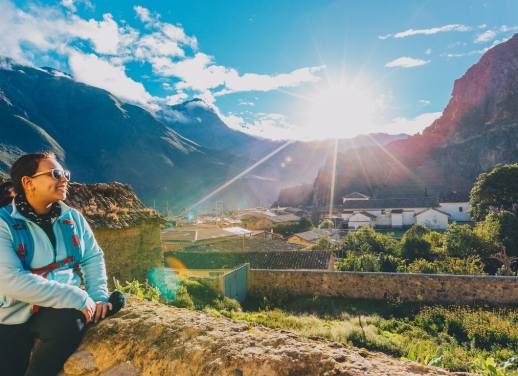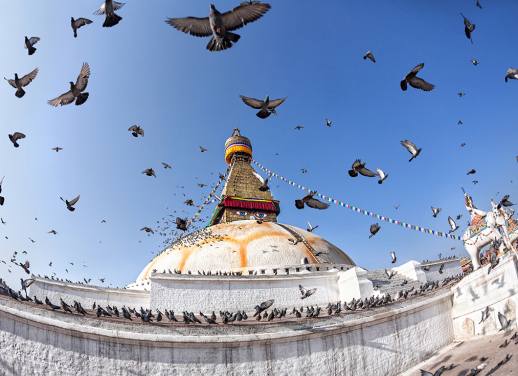To help us all feel a bit closer right now as we adjust to the new normal, we want to celebrate the work of some of the industry’s greatest travel photographers.
The ones who capture the travel moments that take our breath away – from the sunrise that looks too magical to be real, to the shared moment of spontaneous laughter with a stranger.
We were lucky enough to catch up with one of our all-time favourite photographers, Ben McNamara or Benemac as he is known. He generously shared his photography tips for budding amateurs, his philosophies on what makes travel so special and a few of his wildest stories from the road.
Q: When did you first pick up a camera and discover your love of travel photography?
A: When I was 16 I was good friends with my high school art teacher (even though I wasn’t studying art, funnily enough!) and during my free periods I’d drop into her classes just to be around the art scene. She sneakily lent me one of the school SLRs with a few rolls of black and white film. I had no clue what I was doing, but she taught me how to develop and use the camera in my lunch breaks. Bloody legend!
The next school holidays I travelled to Ltyentye Apurte indigenous community just outside of Alice Springs to work in the primary school as a reading aid and I took that old little SLR with me and shot my first roll of film. It was the start of a photo love story!
Q: Where is your favourite shoot destination and why?
A: In 2016 I worked on a project in Afghanistan that looked at the development of women’s rights in rural areas. That trip had everything I’d ever wanted: incredible landscapes and adventure, being completely out of my comfort zone, danger, a new culture I knew little about and most importantly, extremely heartbreaking but important stories to tell.
It was a project I’d been searching for my whole life and it was worth something so much more than me and my ego as a photographer.
Q: What is your favourite Intrepid shoot that you’ve been on and why?
A: My favourite trips to shoot are always those that involve a bit of pain, discomfort and pushing your boundaries, so trekking to Choquequirao in Peru last year was a highlight. This trek was wild because it is virtually untouched by tourists. The beauty of having one of the coolest Incan cities (only discovered in the last few years so the opposite of Machu Picchu) to yourself at sunset and being there with the exhausted, sweaty, but stoked short-term family you’ve just ground through the last few days with is what it’s all about.
Even though I have one of the best jobs in the world, it’s highly unglamorous as we try and squeeze week-long treks into four days where we work long hours and have to carry all our heavy camera gear.
It was either Peru or going to Italy… because pasta.
Q: How did you turn your passion into your career? What advice would you have for budding photographers?
A: I try to bring the mindset to every project that it could be the best thing I’ve ever done… and that I can learn so much if I push the envelope and focus on the process and the people involved. Keeping yourself in a state of humility where you acknowledge you’ve got so much to learn is important. But you also need unwavering self-confidence and an ability to take the hits of failed projects. It’s about finding that balance of eternal optimism and dogged work ethic mixed with pragmatism and never losing the love or passion for what you do. If I’m not happy, challenged and growing then I’ll become stale and resentful of the work.
Out of the hundreds of projects in my career, a lot of them have missed… maybe even the majority of them, but it never stopped me from taking another shot. From the outside looking in, it may look like I’m sinking non-stop winners, but the reality is you’re just not seeing the missed shots. Learning to miss but keeping the confidence to keep shooting is a learned process that gets easier and easier.
Q: What are your top tips for amateur photographers?
A: Move ya feet bro! Look at the light sis!
Photography is about capturing and playing with light. With travel we often don’t get to control that light, so we need to respond to it. Make sure you respond by moving and paying attention to where you can move to. There are no huge tricks except to be present and conscious of the stories happening around you and try to think your way through it. Ask yourself where is that light coming in from? What are the elements I can control like composition, distance to subject, or a smile? What would happen if I move over there? Or move closer or further away?
Also, sometimes it’s important to just put the camera down and feel the vibes.
Q: Which photo or series that you’ve produced are you most proud of and why?
A: Last year I went out to Pintupi country on the Western Australian and Northern Territory border to document the beginning of a hand-back process of the world’s largest collection of indigenous artefacts.
I got to camp out on a salt lake in the middle of the red desert with two members of the Pintupi 9 (who in 1984 were the last indigenous mob to come into contact with the ‘outside’ world, following European settlement of Australia). The week involved capturing some pretty heart-breaking stories, as incredibly important cultural artefacts, photos and stories were being returned after sitting in museums for the last 150 years without acknowledgement of ownership. We also captured sacred songlines, stories, hunting and gathering practices and a really proud mob’s history.
I am so fortunate that I have had the opportunity to experience and see firsthand the power, wisdom and pride of the oldest living culture in the world. And I feel honoured to have been given the gift of capturing it every now and then and it’s what I’m most proud of. That series had some personal success in the National Portrait Prize and the National Photography awards, but its real value is showing how we are shifting the narrative and beginning to celebrate the history of our 60,000-year-old country (or countries more accurately).
Q: What’s the most memorable interaction you’ve had with a local on the road and why?
A: Oh, that’s kind of an impossible question as those interactions are the fuel for travel, they keep us ticking along! But if I had to choose one, it would be when my partner at the time and I ended up on a remote small fishing island off the coast of Myanmar. We’d taken a 12-hour bus ride to help get a guitar back to a local who left it in Yangon. It was one of those whimsical adventures where there was no destination, only the love of seizing an opportunity.
We got shacked up in this great little beach hut and then our new guitarist mate took us out on a little leaking fishing boat to see where the proper fisherman go. By leaky fishing boat, I mean that we spent most of the trip bailing water out of the boat! He took us out to an island that stunk of drying fish and there were about 40 men who basically reacted like ‘WTF (in Burmese)’ to us as we rocked up. I noticed some goggles and spears on the beach, so using my best pointing skills and a big smile, I asked one of the inquisitive fishermen to take me out to the reef and teach me how to spearfish. I didn’t catch a thing myself but became a sort of shopping trolley swimming along behind him carrying all his catches. All of this just from impulsively saying yes to dropping off a lost guitar!
I know you asked for the most memorable interaction, but it’s also hard to go past my meeting with Tsering Sherpa, one of Nepal’s best climbers and the youngest Nepali to summit K2 (the second-highest mountain after Everest, but arguably a more dangerous climb).
In partnership with Kathmandu, I covered a story about him walking back to his small village in the Himalayas. It was a wild trip to get to his village with river crossings, Jeep trips through foot-deep mud and, surprise, surprise, a lot of walking.
His village had 13 people living there (of which something crazy like 10 had summited Everest) with no electricity, a tonne of corn and a ridiculous view above the clouds overlooking one of my favourite landscapes on the planet. Tsering’s Mum was a complete badass and was missing two fingers from a Himalayan bear attack, and his dad was just a classic Nepali chiller. They were farmers and we were treated so well to plates of corn, chilli and garlic (not much grows at that altitude).
After a few days of hanging out with his family, we were meant to head off in a chopper, but due to weather ended up stuck on top of the mountain for two days. We were killing time in this little field so we decided to play a dumb game where we would put as many leeches on us as we could. Pathetically, the leeches didn’t want anything to do with us because we were so sweaty from days of trekking and no hot water, so we were so salty that they just curled up in little balls and rolled off us!
We didn’t end up being able to take the chopper out as the clouds never opened, so Tsering and a few of his friends helped us run 16 kilometres down a vertical side of a mountain in two hours to get to the valley for our back up exit plan. It was wild.
Q: Once we can travel internationally again if you could go on any Intrepid trip, where would you go?
A: Antarctica is on the dream list for me and considering its population density, it could be the perfect COVID-19 getaway!
But, I’m also itching to get back to West Africa. I lived in Ghana and it played such a pivotal role in me growing up and shaping my worldview, that I feel like it’s my second home, even though I haven’t been back in 10 years. I’d like to head back soon as it has such a special place in my story.
Q: What is your dream shoot destination that you’re yet to visit and why?
A: I am torn between two… My love of the mountains makes me want to explore the Canadian and Alaskan mountains. That’s an adventure. But the storyteller and humanitarian in me wants to get to Syria.
Q: If you could only eat one thing for the rest of your life, what would it be?
A: I fully support getting around local food when travelling… but if I had to eat one dish forever it would be chicken and steamed veg. I’ve tried all the most extreme foods on the road from goats lungs to rotten fish and everything in between, but at the end of a long day of shooting I always crave just some good, clean veggies. It’s also a hot little tip for India and other places with super-rich food, where you may need a break every now and then. Every restaurant can do steamed veg for you, they just don’t put it on the menu and will look at you like you have no tastebuds… but by the end of the meal, your travel buddies will be asking to get in on your broccoli, trust me!
Q: What is the biggest lesson you’ve learned from travelling?
A: Smile a lot, be calm, listen to people, push your comfort zones and laughter is a universal language. Also, always have a red wine with your meal on the plane.
See more of Ben’s incredible work on Instagram at @thisisbenemac
All images c/o Benemac.

